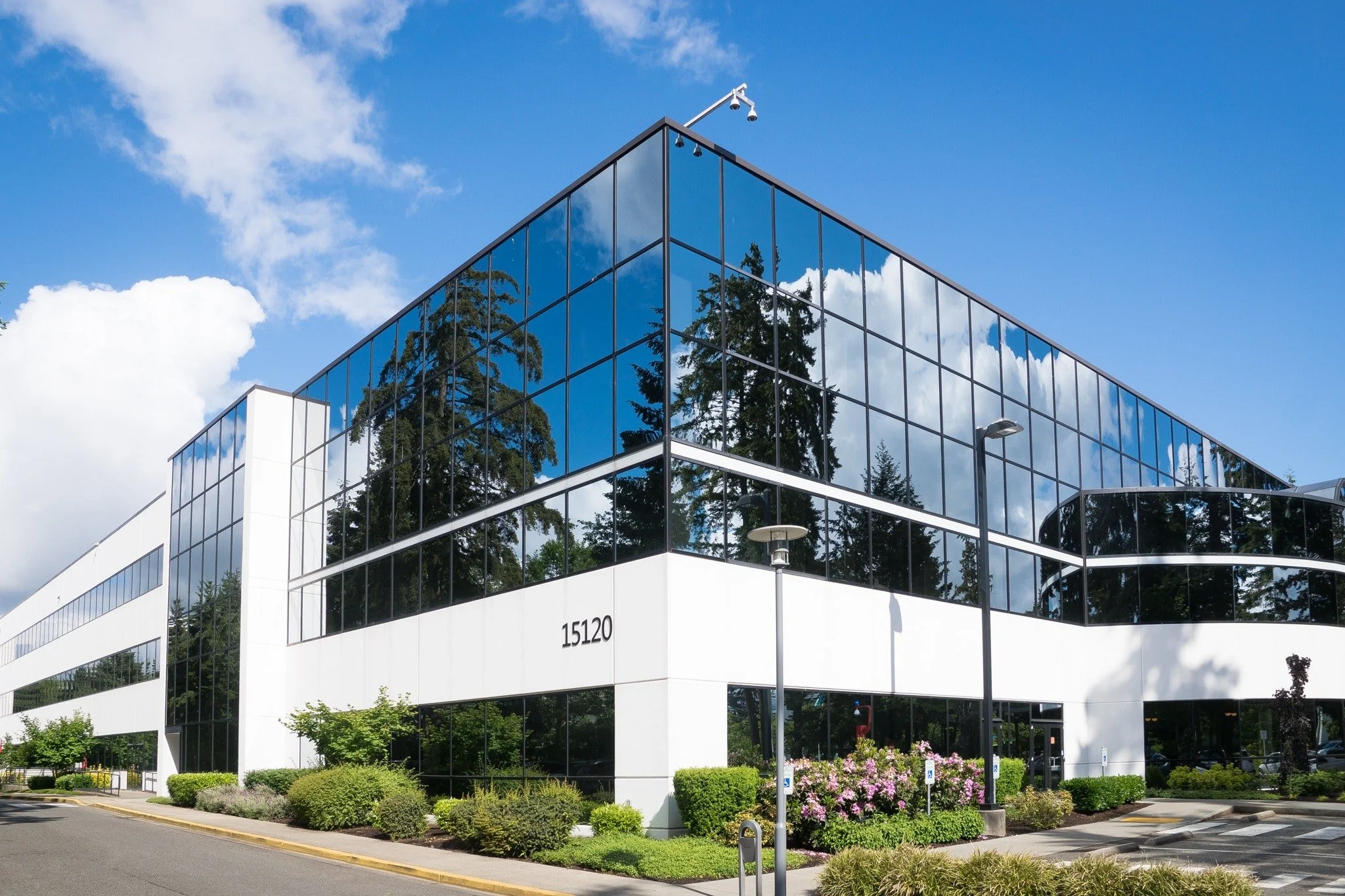Preventative Maintenance for Your Business: 4 Simple Steps to Success
Preventative maintenance is essential for any business that wants to avoid costly downtime and remain competitive in their industry. Taking the time to properly inspect, repair and maintain equipment can save you time and money in the long run. To help you get started, we have outlined four simple steps to successful preventative maintenance:
Identify Critical Equipment
The first step to any successful preventative maintenance program is identifying the most important and critical equipment. These are typically the machines responsible for producing your products or services and keeping operations running smoothly. Identifying these pieces of equipment will help you focus your efforts on the areas that need it most. Also, it's important to note that some of this equipment may require more frequent or specialized maintenance.
Create a Maintenance Schedule
Once you've identified the critical pieces of equipment, the next step is to create a regular maintenance schedule and stick to it. This should include scheduling times for inspection, cleaning, lubrication, and repair. Be sure to include the specific tasks that need to be completed during each maintenance session. Also, make sure that necessary parts and materials are readily available for repairs or replacements.
You shouldn't be too rigid when creating a maintenance schedule. Instead, factors such as usage and environment should be taken into consideration. For example, if you have equipment that operates in a dusty or humid climate, it may need to be inspected more often than equipment that is kept in a clean, dry space.
Outsource Specific Tasks
Depending on your equipment type, it may be beneficial to outsource certain tasks. For example, parking lot striping is a specialized task that requires specific tools and knowledge. To get the best results, it's often better to leave this job to a professional parking lot striping service. This will help ensure that the parking lot lines are done correctly and efficiently, reducing the risk of costly mistakes or delays.
Document Everything
The final step in any successful preventive maintenance program is documentation. All inspections, repairs, and modifications should be appropriately documented with dates and notes about what was done. Keeping detailed records of your maintenance activities can help you identify problems quickly and plan for future maintenance needs more easily. It also makes the process easier if you ever need to troubleshoot problems or make adjustments. Additionally, good documentation can help you comply with any regulations or warranties that may apply to your equipment.
Following these four steps will help you get the most out of your preventative maintenance program. Properly maintaining your equipment can keep it running longer and reduce costly downtime and repairs. This also helps ensure that your equipment works optimally and safely, which will benefit your business and your customers. So take the time now to create a preventive maintenance plan and start reaping the rewards of increased efficiency and savings.











